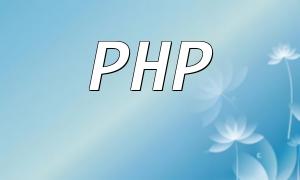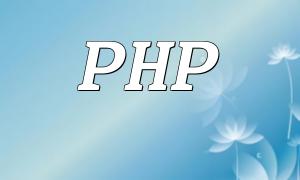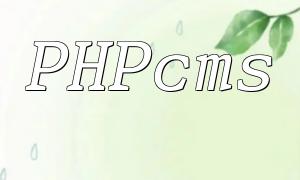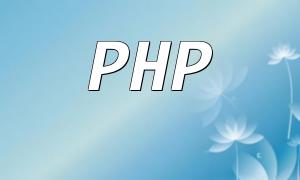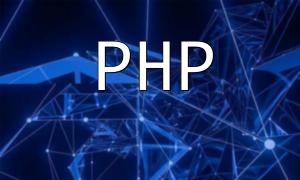With the rapid advancement of technology, Go, PHP, and Java have become the top programming languages used by developers. This article will compare these three languages in terms of development efficiency, analyzing their advantages and disadvantages to help developers make a more informed decision.
Go, developed by Google, is a statically typed language that was first released in 2009. Since then, it has become a popular choice for efficient development. The key features of Go include its simple syntax and powerful concurrency capabilities. The syntax is similar to C, allowing developers to quickly get started. Additionally, Go excels at handling high-concurrency tasks with its goroutines and channels, providing high performance in concurrent programming. This makes Go particularly suitable for building distributed systems and high-performance applications.
PHP, a dynamically typed interpreted language, was initially designed for fast web application development. Its learning curve is relatively low, and its simple syntax allows beginners to start quickly. With a wide range of development frameworks and third-party libraries, PHP helps developers build feature-rich applications rapidly. However, due to its dynamic nature, potential errors in PHP tend to appear at runtime, which can complicate debugging and testing, thereby affecting development efficiency in certain cases.
Java is a statically typed object-oriented language with an extensive set of libraries and components, making it highly suitable for building complex applications. Compared to Go and PHP, Java has a steeper learning curve, requiring more time and effort to learn the basics and concepts. Nevertheless, once mastered, Java’s powerful features and rich ecosystem can greatly improve development efficiency. Java’s static typing also helps identify potential errors at compile-time, which enhances code quality and avoids runtime errors.
Overall, Go, PHP, and Java each have their own advantages when it comes to development efficiency. Go, with its simple syntax and powerful concurrency capabilities, is particularly suitable for applications requiring high performance and concurrency. PHP shines in rapid web application development, especially for small to medium-sized projects, with high development efficiency. However, PHP’s dynamic nature can make debugging more challenging. Java, on the other hand, is ideal for large enterprise-level applications. Despite its steeper learning curve, its robust features and static typing system provide higher code quality and maintainability.
Choosing the right programming language does not have a one-size-fits-all answer. Development efficiency is influenced not only by the language itself but also by factors like developer experience, project complexity, and the development tools used. For quick development and smaller projects, PHP may be the best choice. For projects that demand high concurrency and performance, Go is a great option. For large-scale enterprise applications, Java’s stability and extensive tooling support make it an excellent choice.
In summary, Go, PHP, and Java each have unique strengths. Developers should choose the language based on the project requirements, team expertise, and personal experience. Regardless of the language chosen, leveraging the right development tools and techniques is crucial for achieving high development efficiency and producing high-quality software.
